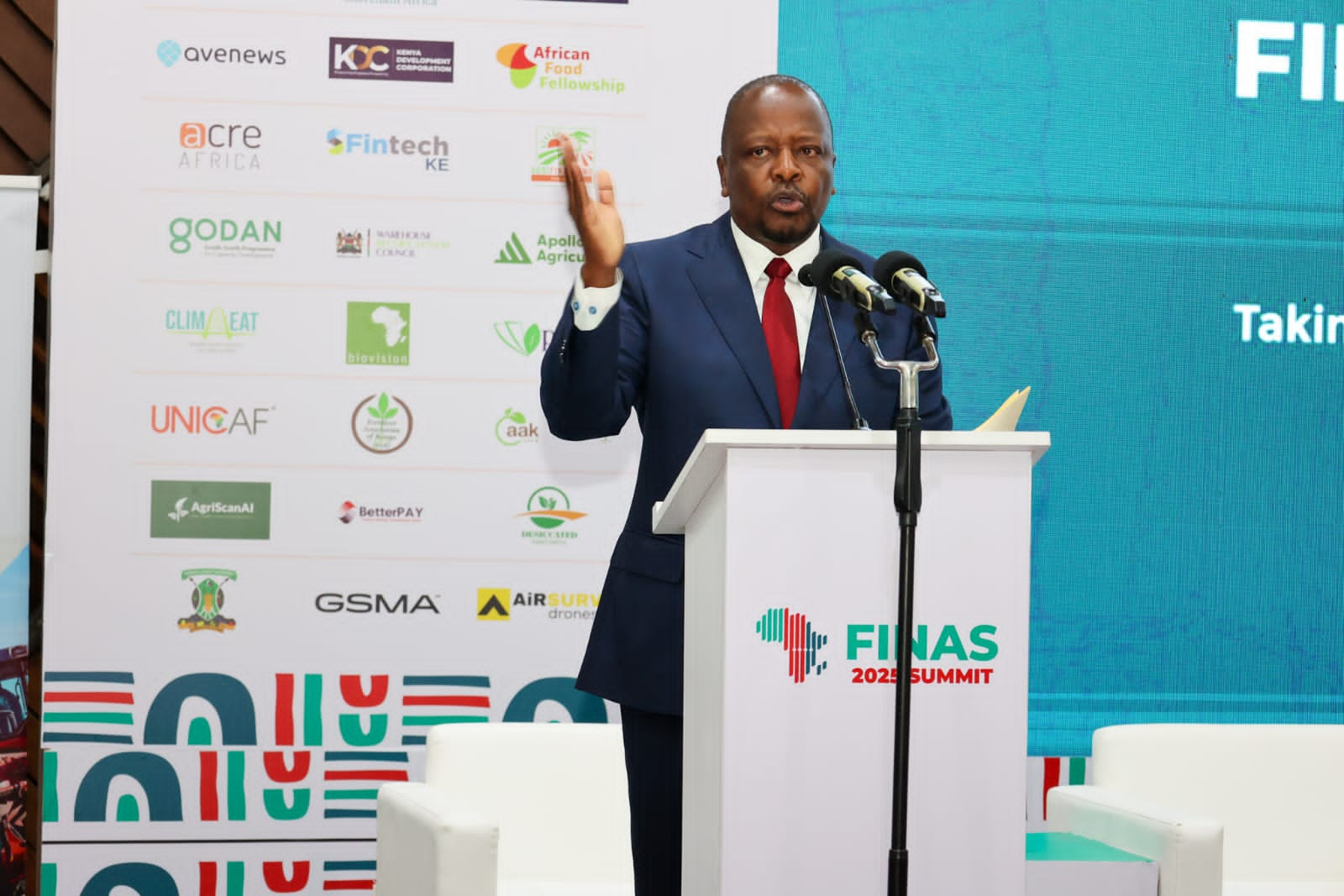
Agriculture Cabinet Secretary Mutahi Kagwe has pledged a
transformative shift in Kenya’s agricultural financing and budgetary
priorities.
To achieve this, Kagwe announced plans to work in concert with the
National Treasury, Parliament, and other policy-making bodies to significantly
raise the sector’s share of the national budget.
"Despite contributing a staggering 50% to our GDP—22.5 % directly and an additional 25-30% through indirect linkages—agriculture currently receives only 3% of the national budget," Kagwe stated on Tuesday.
"This is
unacceptable. I am making an undertaking to increase this allocation gradually
to 10%."
Kagwe noted that this increase would align Kenya with the
Malabo Declaration of 2014 and the Kampala Declaration of January 2025, while
enabling transformational outcomes, including a 45% boost in agricultural
productivity, elimination of post-harvest losses, and a threefold increase in
intra-African trade in agricultural products by 2035.
Kagwe, at the same time, decried
the negligible support from commercial banks, revealing that only 3% of the
US$49 billion in loans issued by banks in 2023 went to the agriculture sector.
"This is a sad indictment," he said.
“We know the reasons—high perceived risk, lack of
collateral, and underdeveloped rural capital markets—but it no longer needs to
be this way.”
In response, Kagwe called on financial institutions to
rethink their approach and innovate around the real needs of farmers.
He urged banks to move away from short-term, high-interest
credit models and embrace long-term, low-interest financing solutions tailored
to the unique cycles of agricultural production.
He proposed a return to policies requiring financial
institutions to allocate a fixed percentage of their assets to agriculture.
“This rule was once in place, and I am today calling for its
reinstatement,” Kagwe noted.
“This aggregated pool of funds could provide the affordable,
accessible capital the sector desperately needs.”
Kagwe also backed the creation of a dedicated
exchequer-funded agriculture finance facility, modeled after existing
structures like the Constituency Development Fund (CDF).
He revealed plans to
recapitalize the Agricultural Finance Corporation (AFC) and merge it with the
Commodities Fund, aiming to scale up the institution’s ability to meet capital
demands in the sector.
The CS emphasized that sustainable agricultural
transformation would require collaboration across government, financial
institutions, and the private sector, supported by a robust digital and
data-driven ecosystem.
He highlighted innovations such as the Kenya Integrated
Agriculture Management Information System (KIAMIS), which has already digitally
profiled over 6.4 million farmers.
“Let us be bold. Let
us build a more inclusive, innovative, and sustainable financing ecosystem. Let
us leave no farmer behind.”










